Best Walking Stick For Knee Pain
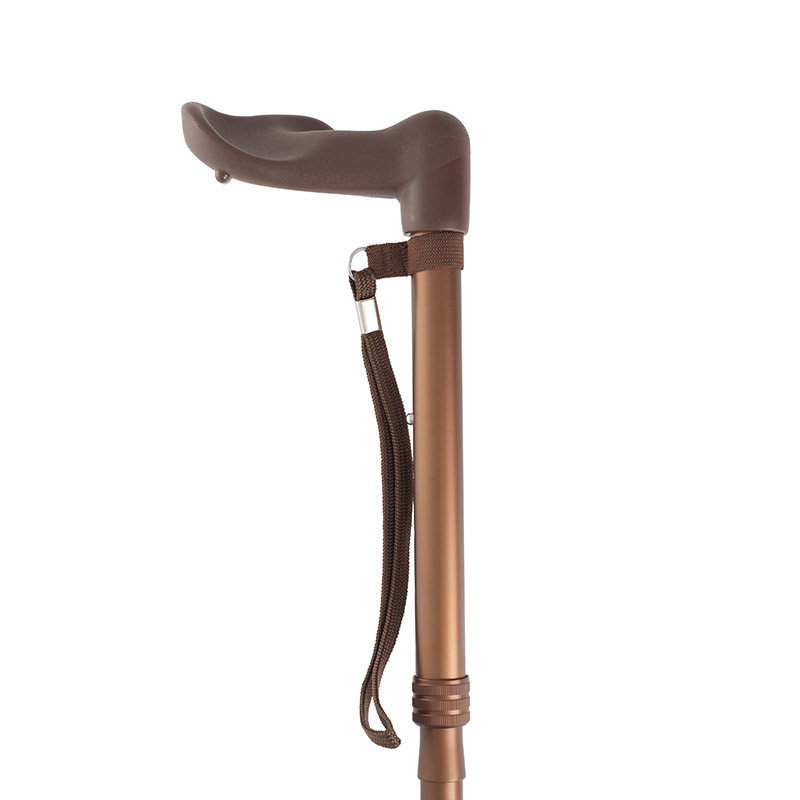
For individuals grappling with knee pain, a simple walking aid can significantly improve mobility and quality of life. But with a plethora of options available, selecting the right walking stick can feel overwhelming. This article explores the key features and considerations when choosing a walking stick to alleviate knee pain, providing guidance for informed decision-making.
The choice of a walking stick is not merely about selecting an accessory; it's about finding a tool that can redistribute weight, improve balance, and reduce stress on the knee joint. Understanding the nuances of different designs, materials, and features is crucial for maximizing the benefits and minimizing potential drawbacks.
Understanding the Need: Why Walking Sticks Help Knee Pain
Walking sticks aid in offloading weight from the affected knee. This is achieved by transferring some of the body’s weight to the upper body and the stick itself. In essence, it acts as an external support system, easing the burden on the knee joint and reducing pain during ambulation.
Beyond weight distribution, walking sticks also enhance stability and balance. This is particularly important for individuals with weakened leg muscles or those prone to falls, which can exacerbate knee pain and lead to further injury. Improved balance contributes to a more confident and secure walking experience.
Key Features to Consider
Handle Design: Comfort and Function
The handle is arguably the most crucial part of a walking stick. A comfortable and ergonomic handle reduces strain on the hand and wrist, preventing further discomfort. Common handle types include T-handles, offset handles, and Fritz handles.
Offset handles are particularly beneficial for individuals with wrist pain or arthritis, as they distribute pressure more evenly. T-handles offer a secure grip and are suitable for general use. Ultimately, the best handle design depends on individual preferences and specific needs.
Material: Durability and Weight
Walking sticks are typically made from wood, aluminum, or carbon fiber. Wooden sticks offer a classic aesthetic and can be customized. Aluminum sticks are lightweight and durable, making them a popular choice for everyday use.
Carbon fiber sticks are the lightest and strongest option, ideal for those seeking maximum weight reduction and impact absorption. The choice of material will influence the stick's weight, durability, and overall feel.
Adjustability: Finding the Right Height
An adjustable walking stick is essential for achieving the correct height. Proper height ensures that the user maintains an upright posture and avoids placing undue stress on the back and shoulders. A general guideline is to adjust the stick so that the handle reaches the wrist crease when the arm is hanging naturally at the side.
Most adjustable sticks utilize a simple push-button mechanism for easy height modification. This adjustability is vital for optimizing comfort and effectiveness. Inaccurate height can lead to poor posture and additional pains.
Tip: Traction and Stability
The tip of the walking stick plays a critical role in providing traction and preventing slippage. Rubber tips are the most common type, offering good grip on various surfaces. For icy or uneven terrain, specialized tips with enhanced traction may be necessary. Regularly inspecting and replacing worn tips is essential for maintaining safety and stability.
Expert Opinions and Recommendations
Physical therapists often recommend walking sticks as a conservative treatment option for knee pain. "A walking stick can be an invaluable tool for offloading weight and improving stability," says Dr. Emily Carter, a physical therapist specializing in orthopedic rehabilitation. "However, proper fitting and instruction are crucial for maximizing benefits and preventing misuse."
The Arthritis Foundation also provides resources and information on assistive devices, including walking sticks. Their website offers guidance on selecting the right type of stick and using it correctly. Consulting with a healthcare professional is always recommended before starting any new treatment regimen.
Potential Impact and Conclusion
Choosing the right walking stick can significantly improve the lives of individuals suffering from knee pain. By understanding the key features and considerations outlined in this article, individuals can make informed decisions and select a walking aid that meets their specific needs.
The impact of a well-chosen walking stick extends beyond pain relief. It can empower individuals to maintain their independence, participate in activities they enjoy, and improve their overall quality of life. However, using the stick according to recommendations from physicians is vital for the benefits to take place.
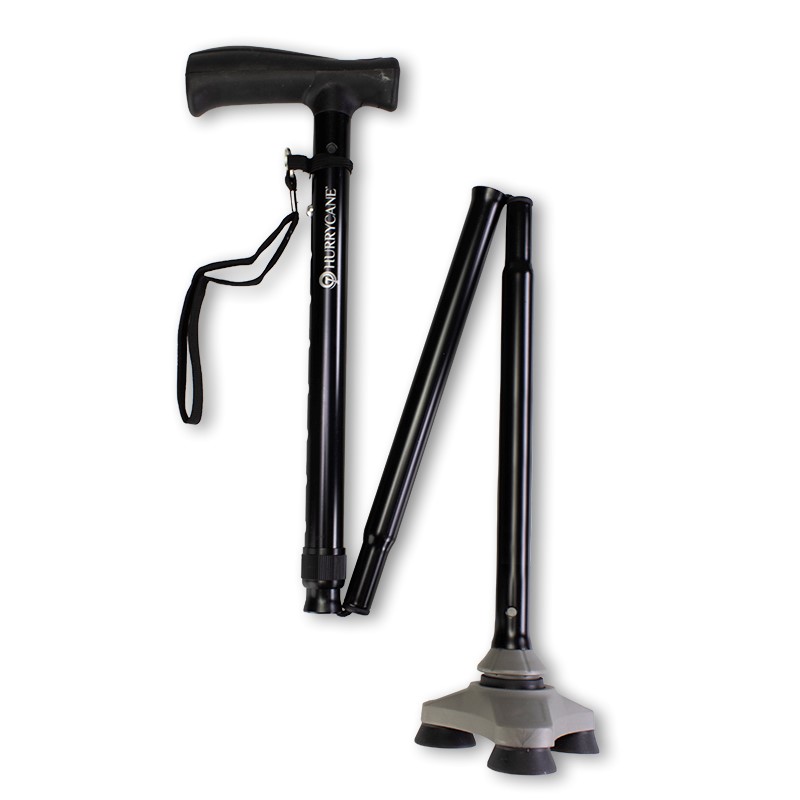

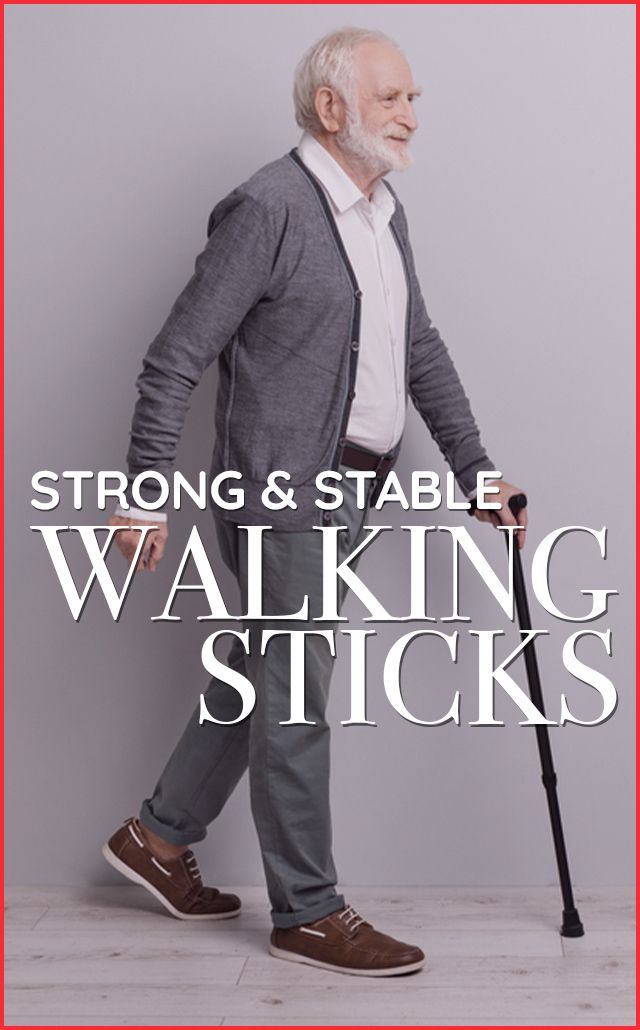


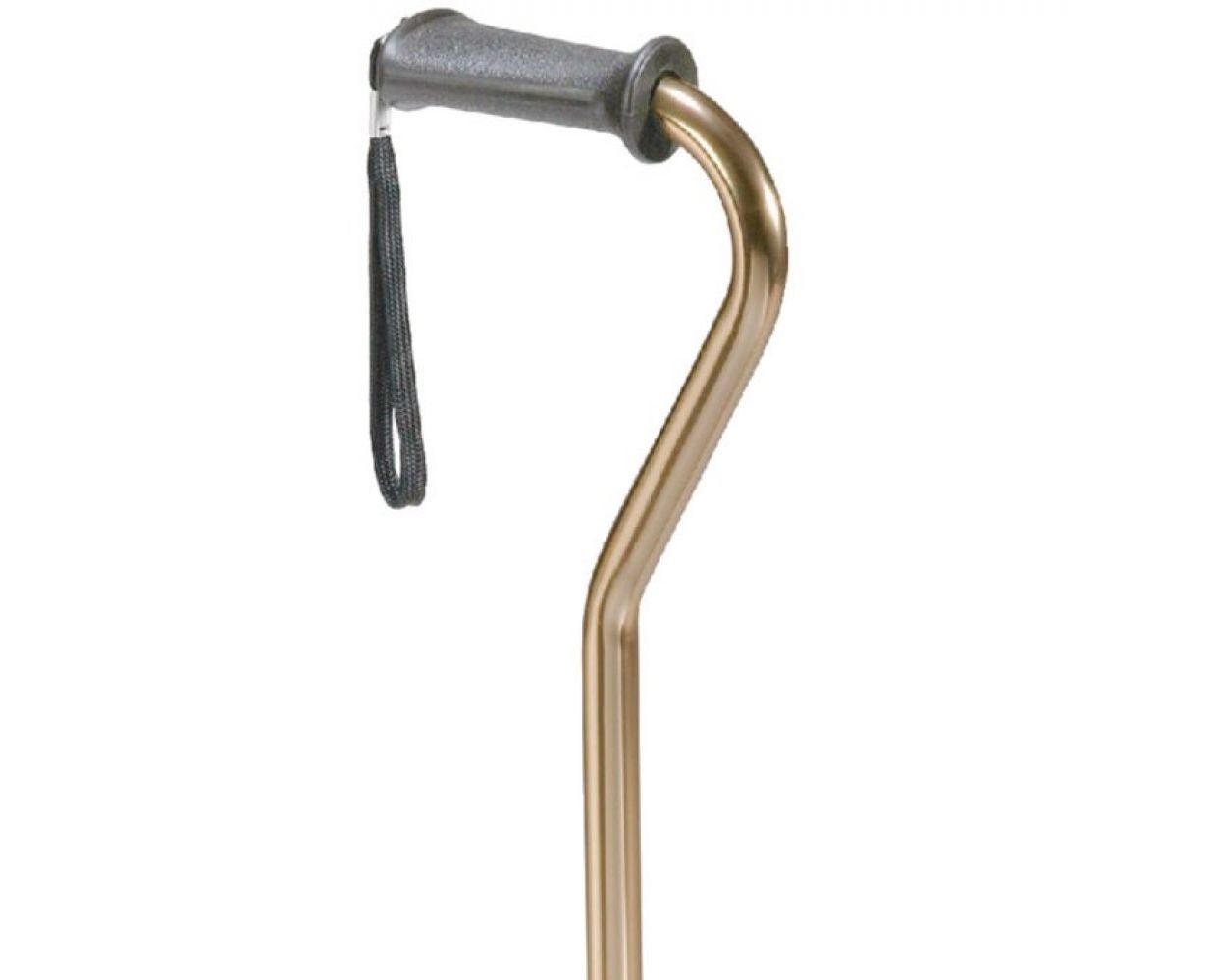

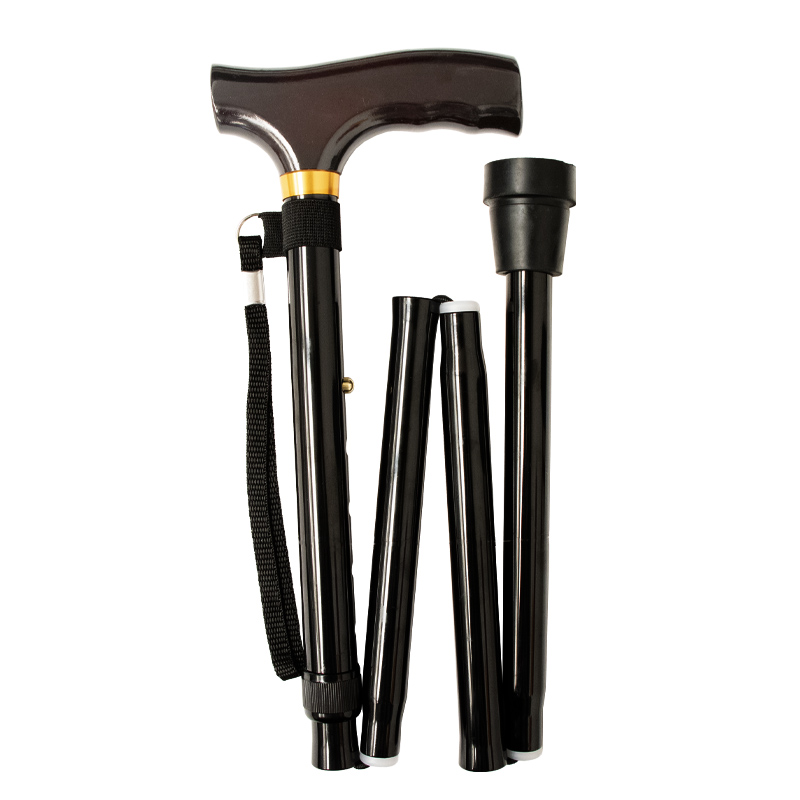





:max_bytes(150000):strip_icc()/vwt-product-thefitlife-carbon-fiber-trekking-poles-jessica-murtaugh-138.jpg-c25d4845102646af927afbe4bf6e373b.jpg)

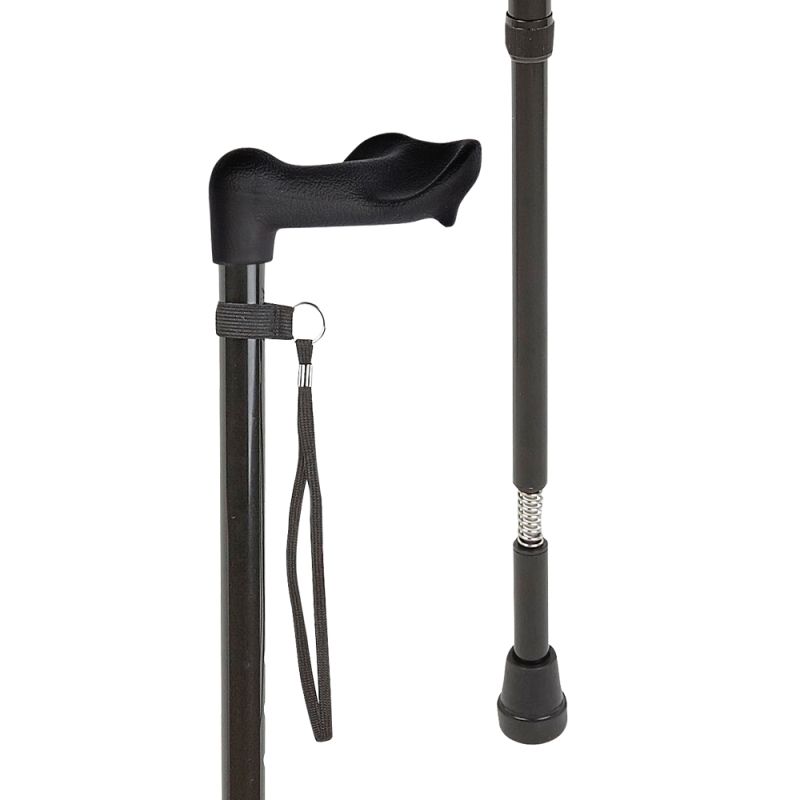

.jpg)
